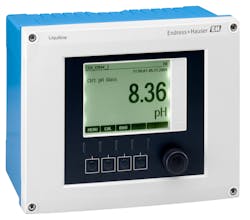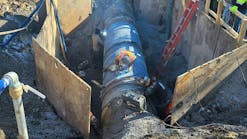Smart Transmitters Enable Smart Sensors
Digital Technology Expands
The realization that instruments contained a vast amount of valuable data that could be bidirectionally communicated between instruments and control systems dramatically changed the way companies operated a process and managed assets — and it drove the rapid expansion of digital technology in the industrial environment.
Looking forward, basic information technology has become more deeply embedded in industrial and consumer products, allowing them to become part of the Internet of Things (IoT). In one lifetime, process control migrated from pneumatics to electrical analog, and then to sophisticated digital communications extending out to the internet. And most of today’s smart instruments connect easily to digital communications systems, and in some cases contain web servers and Ethernet ports for direct connection to the internet.
Smart Sensors Improve Operations
With digital information residing in the sensor and communicated to the transmitter health diagnostics can be performed, and the state of the sensor and transmitter health can be communicated to the host systems in real time. Real-time diagnostics and sensor-health data allow for better management of a sensor. The need to clean and calibrate the device can be proactively managed, rather than reactively performed. In fact, some smart sensors can determine if they need to be cleaned and calibrated.
With digital sensors, digital transmitters and control systems communication, data can be easily and clearly communicated from the process to the host control system. All this information can be used to improve the process, optimize the performance of the instrument while extending its life, and maximize productivity of maintenance personnel.
Summary
As we move into the future, digital technology will continue to provide more information from instruments, with access from anywhere in the world. A pH measurement is no longer just the pH value, it also includes the temperature, quality of the calibration, number of calibrations, overall operating time, operating time over critical process conditions and much more. WW
Endress+Hauser is a global provider of solutions for instrumentation and automation, with a wide range of products for metering flow, level, pressure, temperature, as well as a full line of analytical products. Learn more at us.endress.com.





